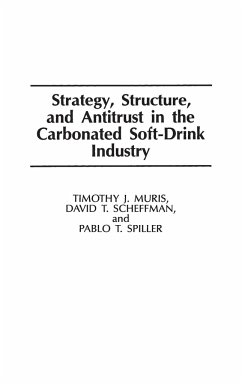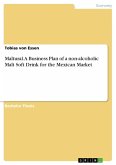Pepsi-Cola and Coca-Cola are widely recognized as being two of the premier marketing companies in the world. They have introduced a great variety of new products and package types. They have raised celebrity advertising to a new level. Coca-Cola even changed the formula for Coke. These and other developments in the carbonated soft drink industry came about from major strategy changes by Pepsi-Cola and Coca-Cola. Rather than simply reacting to a changing competitive environment, PepsiCo and The Coca-Cola Company have created and implemented strategies that turned the new environment to their advantage. Although Pepsi-Cola attacked Coca-Cola's dominance and achieved near-parity with Coke in bottled soft drinks, both Coke and Pepsi have benefitted from fighting the Cola Wars. The battle between them has stimulated continuing growth in an industry regularly pronounced by the experts for many years to be on the verge of maturity. One widely ignored aspect of the Cola Wars is the ongoing transformation of the soft drink distribution systems of Coca-Cola and Pepsi-Cola from systems of independent bottlers to captive bottling subsidiaries. Chandler advanced the hypothesis that successful firms develop strategies to take advantage of new opportunities, and that those strategies then determine the organizational structure required for effective implementation. We find that changes in the organization of the two leading carbonated soft drink firms' distribution systems provide support for Chandler's hypothesis. The independent bottling systems were a unique and effective organization for many decades. Changes in the external environment, however, raised the costs of transacting between the parent concentrate manufacturers and their independent bottlers. In particular, the new competitive environment required rapidly changing product and marketing strategies, and the implementation of these strategies required the close cooperation of the distribution systems. In effect, Coke and Pepsi needed to change the organization of their distribution systems to implement effectively the strategies that stimulated the new competitive environment, because the relative transaction costs of the independent bottling systems in the new environment were too high. The book presents a strategic analysis of the history of the industry.
Hinweis: Dieser Artikel kann nur an eine deutsche Lieferadresse ausgeliefert werden.
Hinweis: Dieser Artikel kann nur an eine deutsche Lieferadresse ausgeliefert werden.








